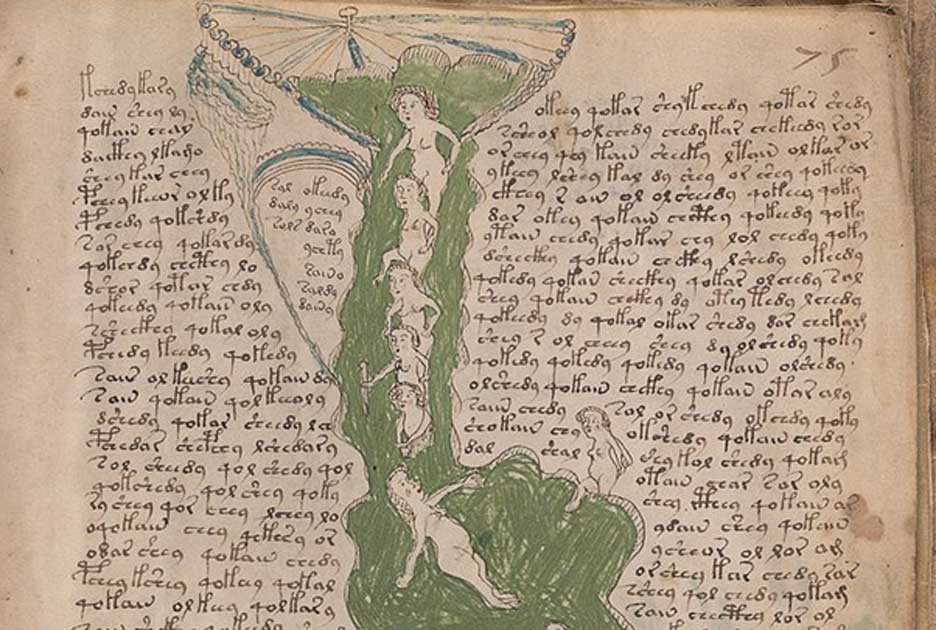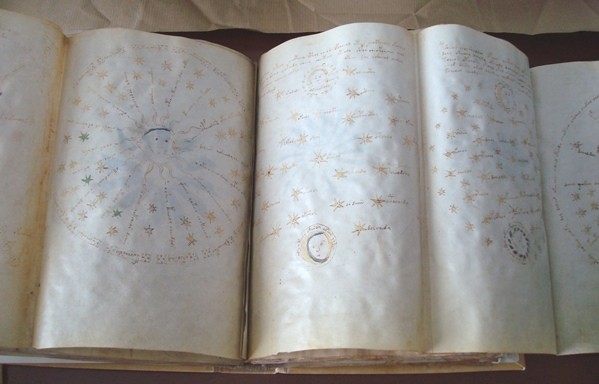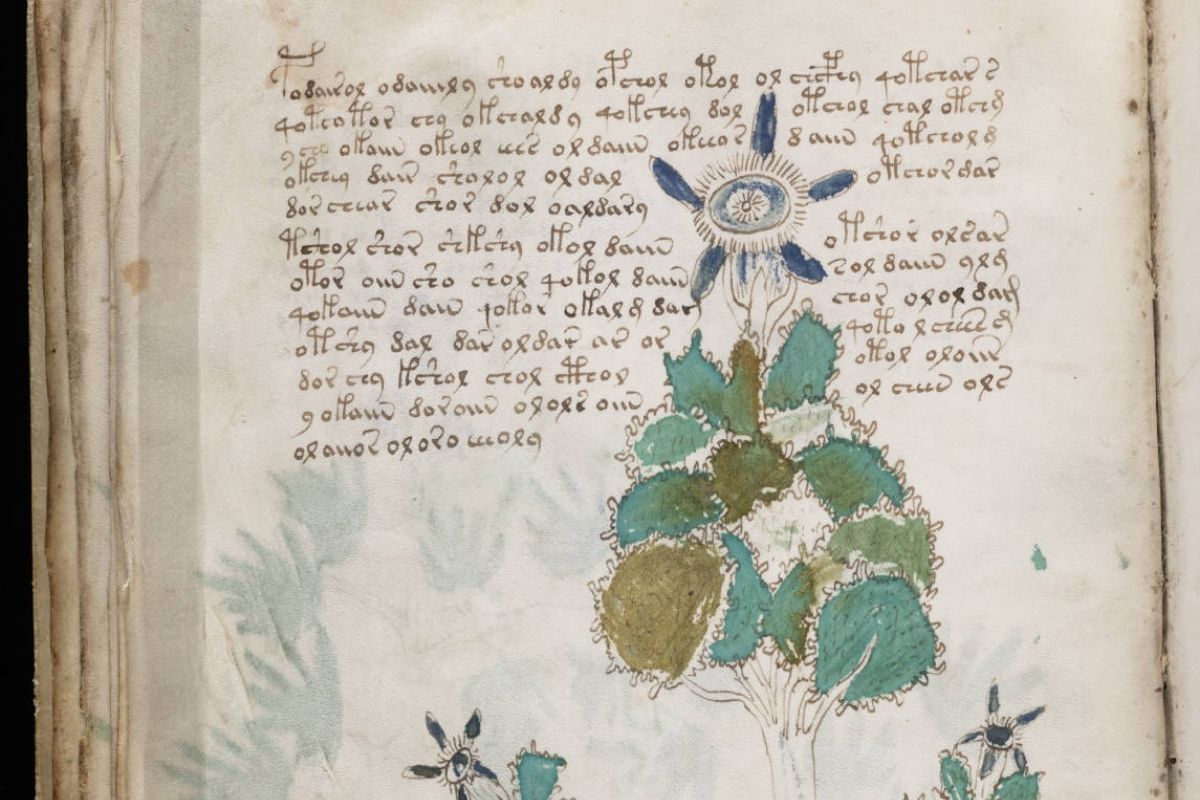

Although carbon dating places the manuscript at approximately the middle of the fifteenth century, the first record of ownership did not appear until the seventeenth century. Like its contents, the origin of the Voynich Manuscript remains unclear. Often described as a listing of various recipes, each entry is marked by a star-like flower. The last section stands out from the rest as it contains only text. The following section is believed to be pharmaceutical, depicting over one hundred species of medicinal herbs, often next to small jars or vessels.
#Voynich manuscript facsimile series
These drawings show nude women wading in fluids and unusually interacting with each other through a series of connected tubes and capsules. The third section contains a myriad of anatomical drawings dispersed within the text and along the margins. Here we find familiar depictions of the zodiac, with symbols such as the fish (Pisces), the bull (Taurus), and the archer (Sagittarius). The next section includes multiple fold outs of astronomical and astrological charts.

The first and longest section depicts botanical illustrations of 113 unidentified plants. The illustrations, featured on almost every page, divide the book into five major “themes” or sections. Unfortunately, there has yet to be a decisive translation of this 240-page book.īound in 104 folios of parchment, the text moves left to right with “words” separated by spaces and lines, and sometimes grouped into paragraphs. Attempts at deciphering the language of the Voynich Manuscript have sparked some heated debates, with experts arguing that its origins come from Latin, Sino-Tibetan, Arabic, ancient Hebrew and, most recently, Old Turkic. Looking closely, however, a reader might notice that the plants are unfamiliar and, in addition to that, so is the language. Flipping through its parchment pages, one will find cosmological, botanical, and anatomical illustrations similar to other books of the same time period. On the surface, the Voynich Manuscript appears to be in conversation with other medieval medical and alchemical texts of the fifteenth century. The mystery of the Voynich Manuscript continues to elude anyone who comes across it, and in the twenty-first century its origins remain inconclusive.

On the other hand, certain skeptics believe that skilled hoaxers created the manuscript to deceive medievalists and book collectors alike. Many have attributed it to be the work of alchemists, magicians, and witches. But his toil was in vain, for such Sphinxes as these obey no one but their master…” – Joannes Marcus Marci of Cronland, 1665įor some three hundred years, scholars, linguists, cryptologists, and even artificial intelligence have pondered over the enigmatic Voynich Manuscript. To its deciphering he devoted unflagging toil, as is apparent from attempts of his which I send you herewith, and he relinquished hope only with his life.

“The former owner of this book asked your opinion by letter, copying and sending you a portion of the book from which he believed you would be able to read the remainder, but he at that time refused to send the book itself.


 0 kommentar(er)
0 kommentar(er)
